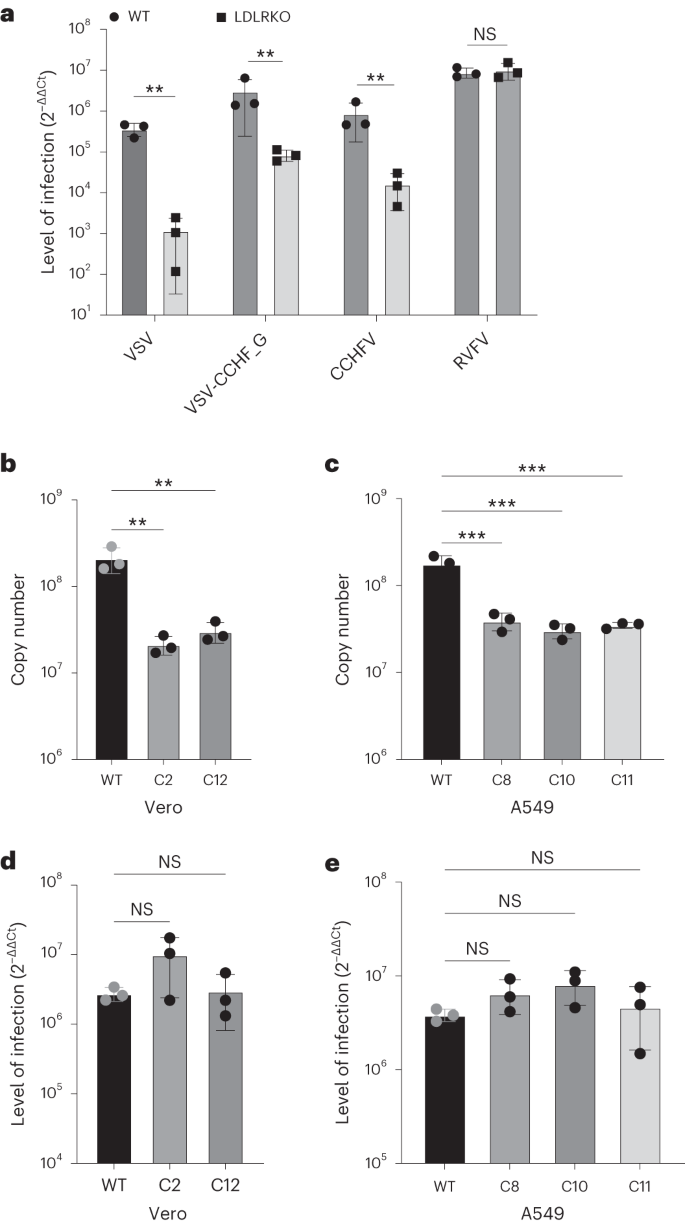2024-04-02 スイス連邦工科大学ローザンヌ校(EPFL)
<関連情報>
- https://actu.epfl.ch/news/how-the-brain-senses-body-position-and-movement/
- https://www.sciencedirect.com/science/article/pii/S0092867424002393
課題駆動型ニューラルネットワークモデルが、プロプリオセプションの神経ダイナミクスを予測する Task-driven neural network models predict neural dynamics of proprioception
Alessandro Marin Vargas, Axel Bisi, Alberto S. Chiappa, Chris Versteeg, Lee E. Miller, Alexander Mathis
Cell Published: March 21, 2024
DOI:https://doi.org/10.1016/j.cell.2024.02.036
Highlights
•We combine motion capture, biomechanics, and representation learning
•Computational task training is used to test hypotheses of proprioceptive coding
•Task-driven models predict neural activity better than linear and data-driven models
•Computational task performance correlates with neural explained variance
Summary
Proprioception tells the brain the state of the body based on distributed sensory neurons. Yet, the principles that govern proprioceptive processing are poorly understood. Here, we employ a task-driven modeling approach to investigate the neural code of proprioceptive neurons in cuneate nucleus (CN) and somatosensory cortex area 2 (S1). We simulated muscle spindle signals through musculoskeletal modeling and generated a large-scale movement repertoire to train neural networks based on 16 hypotheses, each representing different computational goals. We found that the emerging, task-optimized internal representations generalize from synthetic data to predict neural dynamics in CN and S1 of primates. Computational tasks that aim to predict the limb position and velocity were the best at predicting the neural activity in both areas. Since task optimization develops representations that better predict neural activity during active than passive movements, we postulate that neural activity in the CN and S1 is top-down modulated during goal-directed movements.
Graphical abstract



